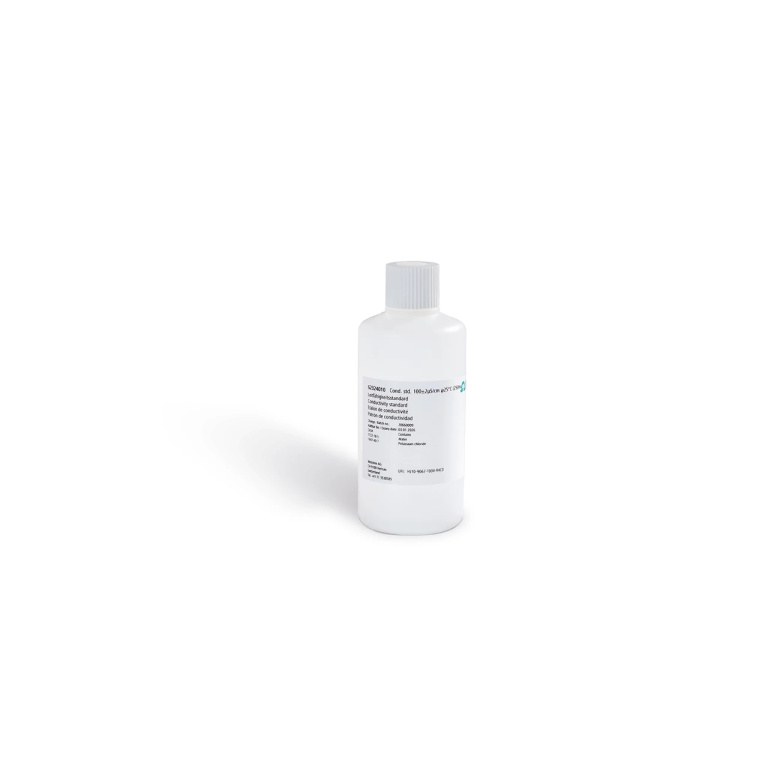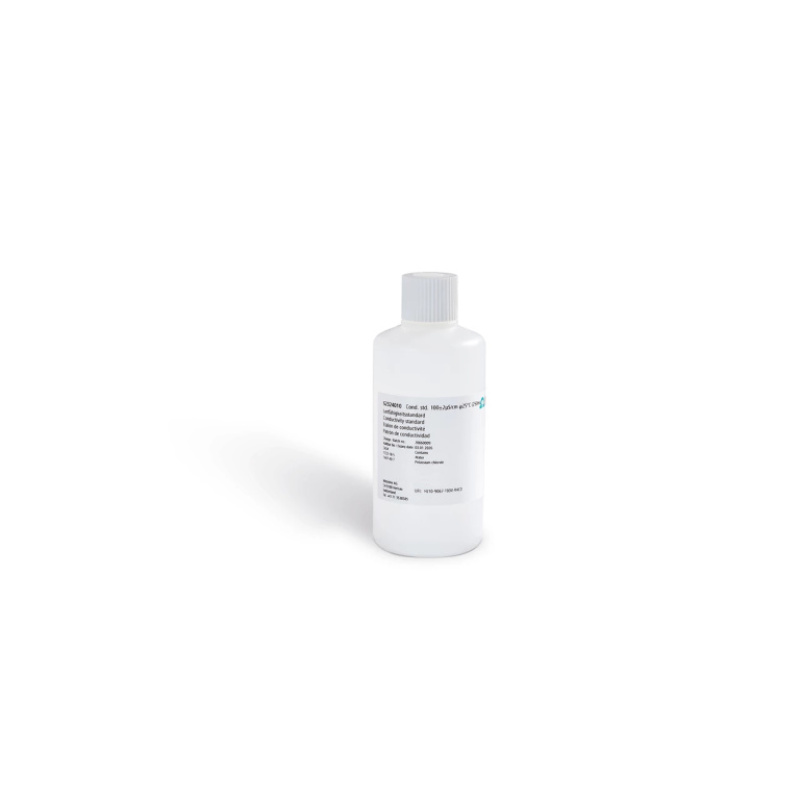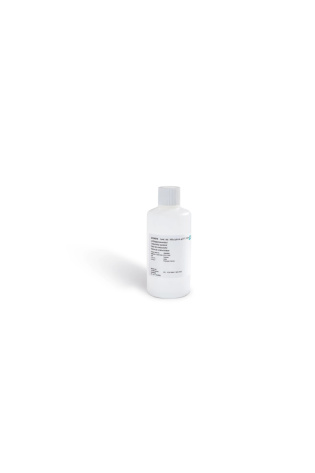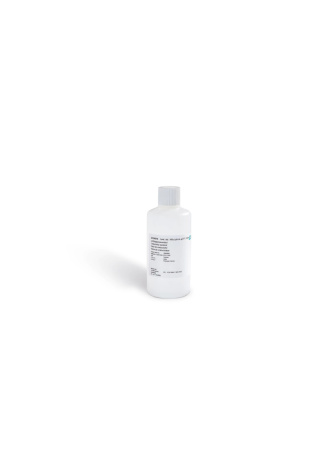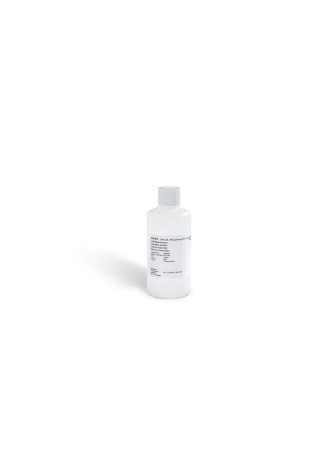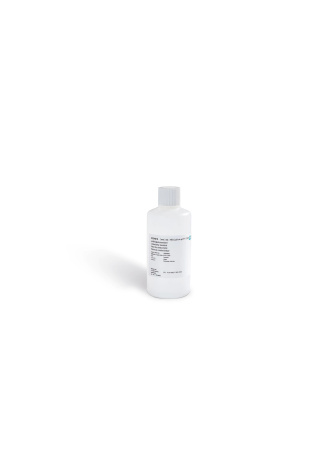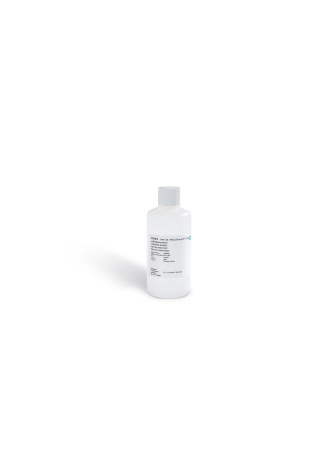Conductivity 350 μS/cm
-
- Drinking Water: The average conductivity for potable (drinking) water in the US is around 350 µS/cm, and the EPA generally recommends a limit of less than 500 µS/cm, making water at this level widely acceptable for human consumption.
- Irrigation/Agriculture: Water with a conductivity of less than 700 µS/cm is acceptable for unrestricted irrigation use.
- Industrial Processes: It can be used as general process water in various industries, including brewing, textiles, and food and beverage production, where high purity is not strictly required. It is also suitable for specific applications like pre-rinsing and general rinsing in industrial cleaning systems.
- Cooling Systems: In MIG/MAG welding equipment, a coolant conductivity exceeding 350 µS/cm is a threshold indicating that an exchange of the coolant is recommended to prevent corrosion and ensure efficiency.
- Boiler Water/Cooling Towers: It’s a moderate level where the build-up of dissolved ionic solids needs to be monitored, and blowdown (draining some water and replacing it with lower conductivity water) might be initiated if it gets too high.
- Laboratory Standard: Solutions with a precisely known conductivity of 350 µS/cm are produced and used as conductivity standard solutions for calibrating or verifying the accuracy of conductivity meters in laboratory and field settings.
- Environmental Monitoring: This range falls within the normal background for many major rivers and upland streams (30-350 µS/cm), where it is used to assess general water quality, monitor for pollution events, and study aquatic ecosystem health.
Conductivity 350 μS/cm Applications:
- conductivity measurements are used to monitor quality in public water supplies, in hospitals, in boiler water and industries which depend on water quality such as brewing. Conductivity 350 μS/cm
